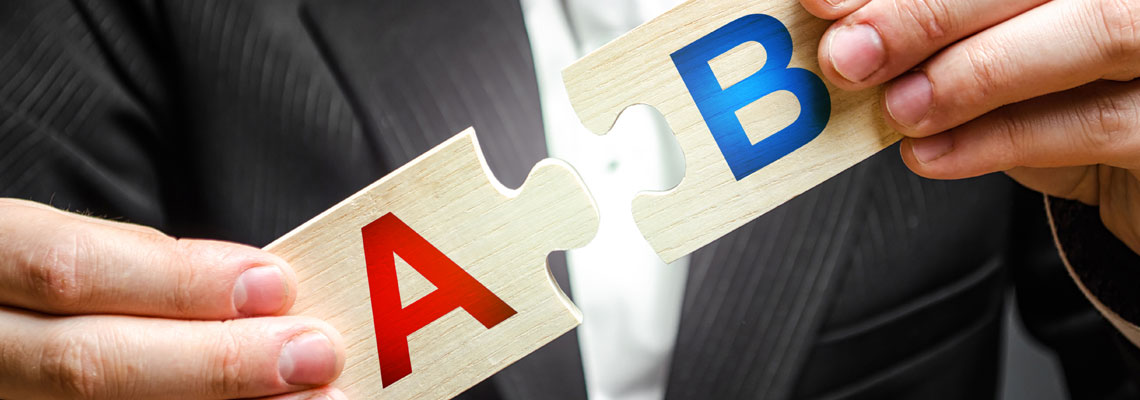Before the rapid rise of the internet, marketing was considered an art – but currently, it's a combination of art and science. Marketers are interested in improving their click-through and open rates to attract more web visitors and increase sales. But how do you effectively do so?
Carrying out A to B testing on your email campaigns is an effective way of improving your click-through and open rates. This article will shed light on what is AB testing and how you can effectively conduct it in your email campaigns to obtain better results.
What is A/B Testing?
In email campaigns, AB testing refers to the process of sending a single variation of your email campaign to one subset of subscribers and another variation to a different subset of your subscribers. The objective of conducting A to B testing is to determine which variation of the email campaign obtains the best results.
AB testing typically differs based on complexity. Simple AB tests can include sending several subject lines to determine which produces more opens. On the other hand, more complex AB tests include sending different templates against each other to determine which option produces the most click-throughs.
Employing A/B testing in your campaigns is an effective way of increasing your click-throughs and opens in your emails. For instance, you can test anything from subject lines to call-to-action buttons. Furthermore, you can test various email templates to determine which option works best.
Terminologies used in A to B testing
As a marketer, you can use various email marketing tools to test every aspect of your email marketing campaign. But first, let's discuss some notable terminologies used in AB testing:
- Variable. A variable is the element of your email campaign that you intend to test. In an AB test campaign, you'll test four key variables – content, From name, send time, and subject line. Each of these variables is called a variation.
- Combination. Combination refers to every variation of your test campaign produced from your selected variables. For instance, if you intend to test three "From names," you'll need to produce three combinations of your test campaign. Combinations used in the test phase are referred to as test campaigns.
- Test phase. The test phase is the period after various combinations have been sent out and when you compare against different results. Data obtained from the test phase is used to assess the winning combination of the test campaign either manually or automatically.
- Winning combination/winner. The winning combination is the test campaign that outperforms the rest. Depending on the reporting data that impresses you the most can be manually determined. Alternatively, you can automatically choose the winner based on the open rates, click rates, or total revenue.
How to Effectively Carry Out A to B Testing
You can effectively carry out an AB test in two main steps:
- Organize the A/B testing campaign
- Select the winner criteria
Organize the A/B testing campaign
In this stage, you'll pick one type of variable – From name, send time, content, subject line – and produce three different variations. Produce every possible combination, then send them to multiple subsets of recipients. It's best to ensure no recipient receives more than a single combination of the campaign.
The combinations received by every recipient are randomly picked and tracked solely to choose the winner. Therefore, you won't see which combination was sent to a particular recipient.
Select the winner criteria
If you're testing the send time or have a small audience, it's best to send the combinations simultaneously to every recipient. If you have a wider audience or are testing variables other than the send time, send your combinations to a portion of your recipients. Consequently, send the winning combination to the rest of the recipients.
You can determine the winner in two ways – manually or automatically:
1. Manually – using report data
This option is used when you want to determine the winner on your own, depending on report statistics or other aspects you consider the most valuable.
2. Automatically – using open rate, click, rate, or total revenue
Employ these options to send the winning combination to the rest of the recipients after a particular timeframe. It's best to use the highest click rate, open, or total revenue if the online store is linked to your account to determine the winner.
